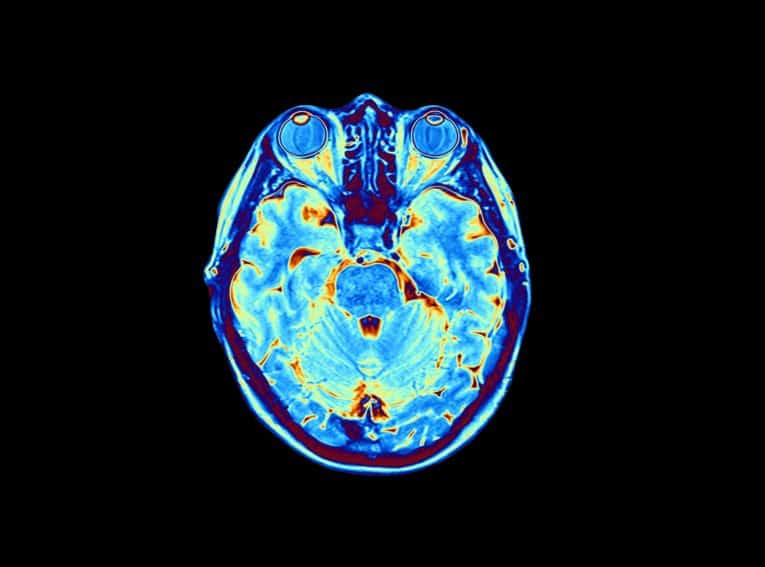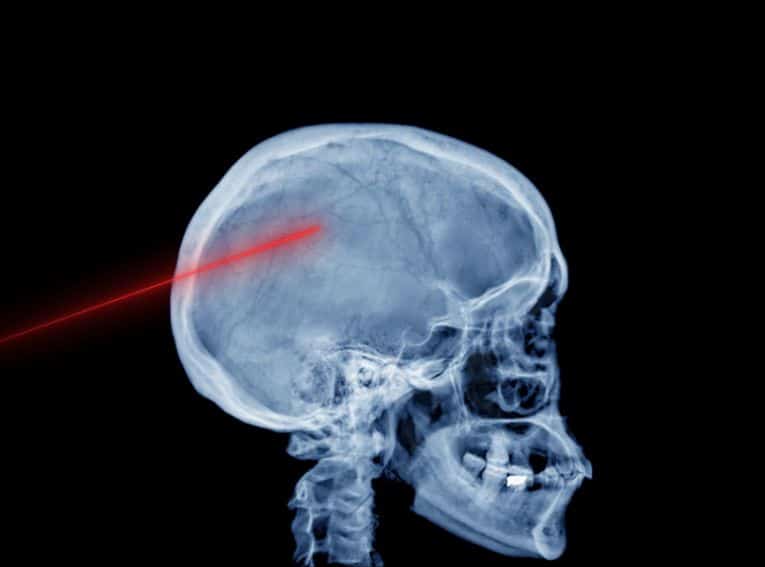
Vascular Neurosurgery
Conditions We Treat
Carotid Angioplasty
Carotid angioplasty and stent placement is a minimally invasive procedure performed to open blocked arteries and improve blood flow. During the procedure, the surgeon will permanently place a stent to keep the artery open, preventing or treating a stroke. The carotid arteries are located on each side of the neck and are the arteries responsible for blood flow to the brain.
Before undergoing carotid angioplasty and stent placement, the doctor will perform a physical examination and review the patient’s medical history. Diagnostic tests such as an ultrasound, magnetic resonance angiography (MRA), or carotid angiography (CTA), may be done at this time to ensure that this procedure can treat the patient’s condition. The doctor will provide the patient with specific pre-surgical instructions with regard to eating, drinking, and medication use before the procedure.
The Carotid Angioplasty and Stent Placement Procedure
Carotid angioplasty and stent placement is performed under sedation. Before the procedure begins, X-ray images of the carotid artery are taken, antiseptic solution and local anesthetic are applied to the groin or arm area, and electrode pads are placed onto the patient’s chest to monitor their heart rate during the procedure. Once the sedative has taken effect, the doctor will create a small puncture in an artery, either the femoral artery, in the groin area or the brachial artery, in the arm area. A small tube, known as a sheath, is inserted into the artery, and with the assistance of X-ray guidance, a catheter is threaded through the sheath. Contrast material is injected into the carotid artery through the catheter. This provides a better image of the carotid artery and the location of either the blockage or narrowing. A filter, shaped like an umbrella, is then sent through the catheter to catch any fragments that may fall from the blocked part of the artery reducing the risk of a blood clot or stroke. A balloon is inserted into the constricted area and inflated to expand the vessel. A stent is inserted into the newly expanded vessel to support the walls of the artery. The filter, sheath and catheter are removed, and pressure is applied at the catheter’s insertion point to stop bleeding.
Recovery After the Carotid Angioplasty
and Stent Placement Procedure
After carotid angioplasty and stent placement, the patient will need to lie still for several hours to prevent bleeding. An ultrasound of the carotid artery may be necessary after the procedure. An overnight stay at the hospital is usually required, and lifting objects over 10 pounds and other strenuous activities must be avoided for at least one day following the procedure. For the next few days, the patient may experience bruising, swelling, or tenderness at the site of the catheterization, although this can usually be managed with over-the-counter painkillers.
As with most procedures, there are certain risks associated with carotid angioplasty and stenting. These risks may include bleeding, stroke, development of a blood clot, or a re-narrowing of the carotid artery. Patients can minimize the occurrence of complications by closely following their aftercare instructions
Additional Resources
Welcome to the office of neurosurgeon Dr. Vikas Rao, where your health comes first. Below are some of the neurosurgical treatments that we offer in Mission Viejo, CA:
Contact us today
Your concerns are important to us, and we want to make sure all of your questions are answered so you understand your options. Please contact our office with any questions, and our team will be happy to assist you.
Give us a call
We're open to serve
Book an appointment
Our doctor and staff are devoted to our patients. Please fill out the form below with any questions or to schedule an appointment and our team will get back to you within 24 to 48 hours.





